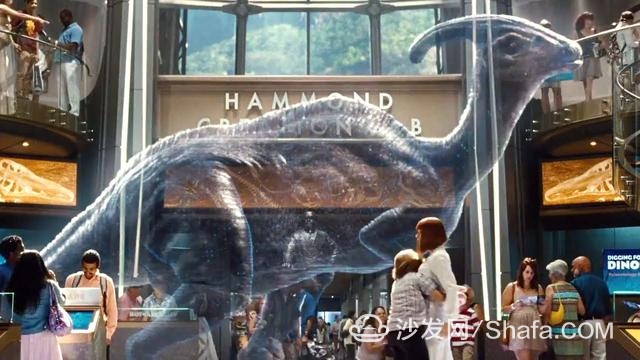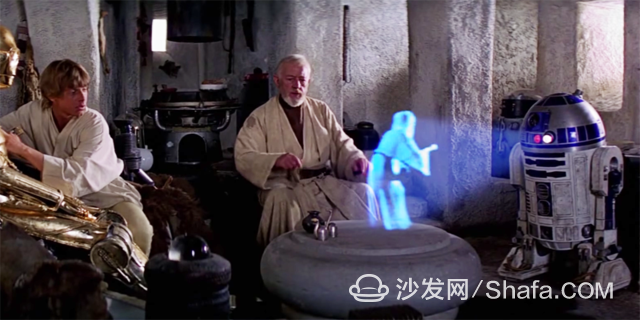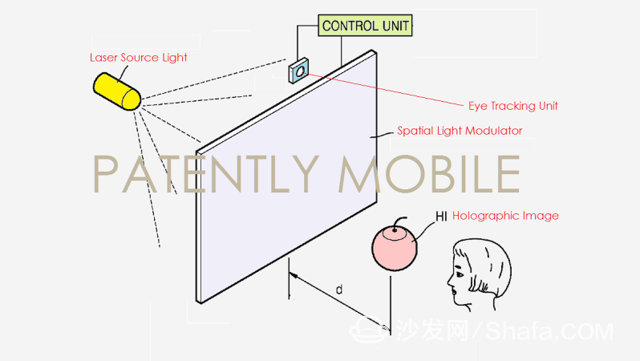Throw away 3D glasses! Samsung holographic TV allows you to be "immersive"

Although 3D TV technology has existed in the market for several years, most of them have remained in concept or prototype products. Due to technical limitations and low consumer acceptance, they have not been popularized. We do not always want to watch TV every time. With 3D glasses, right?

Currently, large-log 3D TVs require users to wear 3D glasses to watch 3D TV content.

Of course, Samsung holographic television patents can only show that this company is exploring this technology, and it does not mean that the company will certainly launch such holographic television in the future. However, in terms of 3D viewing experience, Samsung showed us at least a possibility of a more "smooth" viewing path.
Pressure Beams and circular plates on elastic foundations are considered. In some cases, additional elastic supports are present. The stiffness distribution of the foundation is designed so that the pressure on the foundation is uniform. Sometimes the depth of the beam or plate is also varied, with either a piecewise-constant sandwich or solid cross-section, and a global measure of the deflection is minimized. The total stiffness of the foundation and supports is specified, as well as the volume of the structure. In one type of problem, the edges of the structure are displaced downwards; in the other examples, a downward load is applied. Types of loads include a concentrated central load, a uniform load and a parabolic load. The uniform foundation pressure for the resulting design is often substantially lower than the maximum pressure for a corresponding uniform beam or plate on an elastic foundation with uniform stiffness.
Pressure Beams,Wood Wire Clips,Transformers Wood Wire Clips,Transformers Laminated Wood Wire Clips
Yingkou Dongyuan Electrical Insulation Board Co.,Ltd , https://www.dy-insulation.com